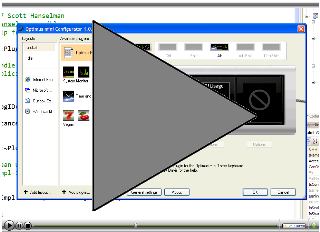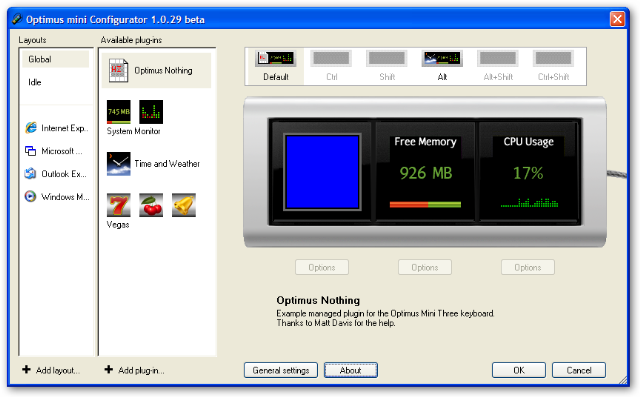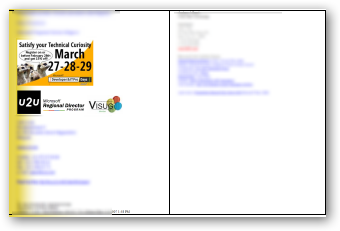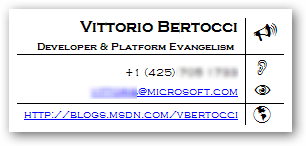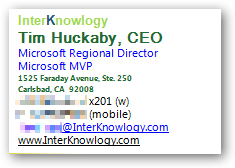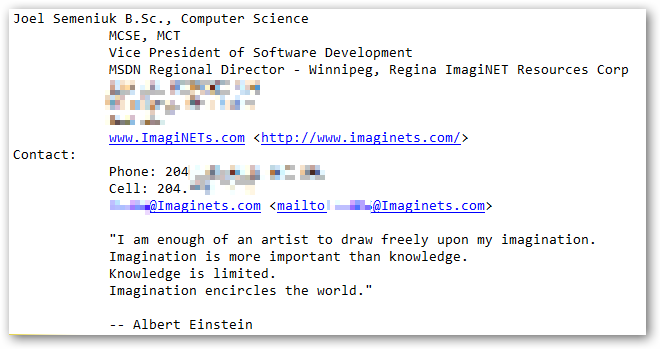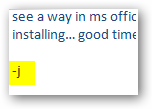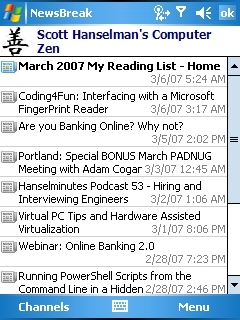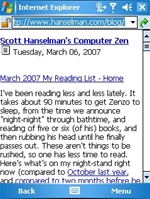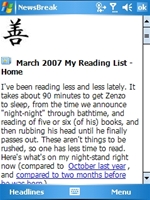The CodingHorror Ultimate Developer Rig Throwdown: Part 1
 I wonder if my wife will read this post and ask me about it. I think she'll say it's OK. I don't know about you, but over a (small) certain amount, all purchasing decisions are dependant on the WAF .
I wonder if my wife will read this post and ask me about it. I think she'll say it's OK. I don't know about you, but over a (small) certain amount, all purchasing decisions are dependant on the WAF .
I'm going to use the money from Google Adsense that's been sitting in my Paypal account and get a new computer. My current one is a Frankenstein's Monster and it sounds like a Jet Plane.
There's lots of talk on the net, and no end to the free advice you can get on how to create the "World's Greatest Gaming Rig" and they use lots of acronyms like SLI and words like Northbridge and terms like Quad-Core or Octo-Core or whatever.
I used to be The Man™ when it came to building my own machines. Used to be. If you wanted a field of DIP memory chips put onto an ISA card, I was the guy. Now, I built all the machines in my house, and had fun doing it. I am proud that my system didn't cost that much because it was built one piece at a time, over time. However, I don't revel in the building. I just want it to work.
Sure, one (not me) could go to Dell or Alienware or whoever, give them US$6000 (or more) and build the Ultimate Gaming Rig, but it'd likely be loud, and it certainly wouldn't be loved. Plus, I'm not that big of a gamer. That's what my Xbox is for.
Who loves this stuff? Atwood. He wallows in it like a pig in slop. He's what we call an Overclocking Fundi.
He's going to break his self-imposed rule (of not building for friends) for me and create The Ultimate Developer Rig.
Here's the priorities, in order:
- Fast. Wicked fast.
- As fast as I am (if you've ever seen me demo live). I want this computer tuned to Alt-Tab as fast as possible. As Jeff says: "You want max speed right, damn the torpedoes?" D*mn right.
- Fast. Did I mention fast?
- I don't want have time to THINK about what it's doing while I wait. I wait, in aggregate, at least 15 minutes a day, in a thousand tiny cuts of 10 seconds each, for my computer to finish doing something. Not compile-somethings, but I clicked-a-button-and-nothing-happened-oh-it-was-hung-somethings. Unacceptable. 15 minutes a day is 21.6 hours a year - or three full days - wasted.
- Overclocked but Stable. I appreciate that machines are clocked to a certain speed for a kind of conservative stability, but I want it to be fast.
- Quad Core if possible.
- Quiet. Any schmuck and go to their local computer store and build a computer.
- But building one that's fast AND quiet is an art form. Overclocking and staying low noise is hard. Staying quiet and running fast is what separates pros from, well, me. That's where we install aftermarket coolers, and line the case with silencing materials, use sorbothane to damp the drives. That's Craftmanship 2.0.
Hell, let's suspend the Hard Drives with rubberbands from the inside of the case. - Reliable. It'll be fast, but I need it to not freak out just because it's been running 100% for a few days. (I'll find it work, trust me.)
- I want to pick a good video card, and good RAID, etc, but the drivers need to be known to be reliable. Two striped Raptor X 10,000 RPM SATA drives are useless if their RAID driver isn't also well thought of.
What else, Dear Reader, do I need to consider while we build The CodingHorror Ultimate Developer Rig? Should I got x64 on Vista or wait? We're aiming for machine (hopefully much) less than US$3000 that'll compete with any US$6000 Dell.
This is not a gaming rig, this is a Productivity Rig. What's it need?
About Scott
Scott Hanselman is a former professor, former Chief Architect in finance, now speaker, consultant, father, diabetic, and Microsoft employee. He is a failed stand-up comic, a cornrower, and a book author.
About Newsletter

 My
My 





